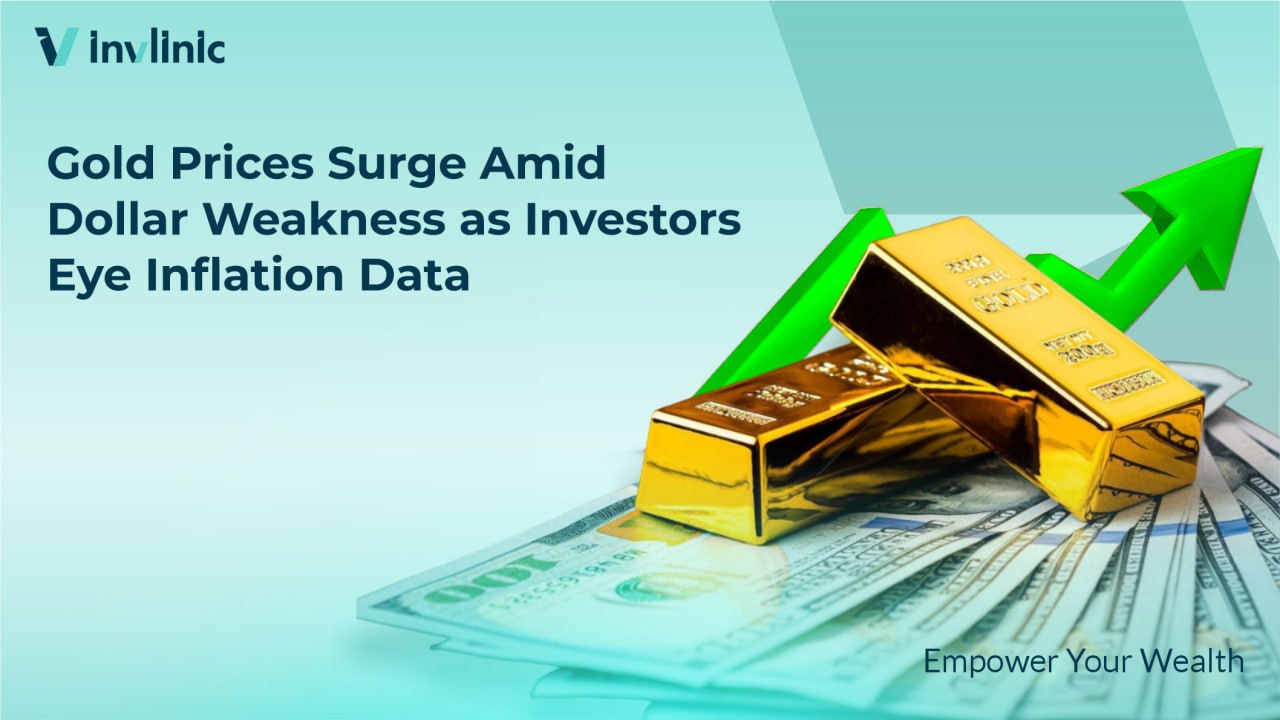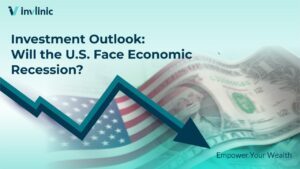
Gold prices have been on an impressive upward trend over the last week, driven by a weakening U.S. dollar and anticipation of upcoming inflation data. As investors keep a close watch on the Federal Reserve’s next steps regarding interest rates, the precious metal continues to gain appeal as a hedge against economic uncertainty. The ongoing decline in the dollar, coupled with expectations of interest rate cuts, has set the stage for gold to reach new heights.
Gold’s Performance and Market Dynamics
Last week, gold prices maintained their momentum above the $2,500 per ounce mark, reaching an all-time high. According to Reuters, spot gold rose by 0.3% to $2,524.94 per ounce, approaching the record high of $2,531.60 reached just days earlier. U.S. gold futures, however, saw a slight dip of 0.1%, settling at $2,552.90. The surge in gold prices underscores the strong demand for precious metals, with gold prices rising by 6% and silver by 8% in August alone.
The Decline of the U.S. Dollar
The impressive gains in gold prices were fueled by a persistent decline in the U.S. dollar. Early trading on Tuesday saw a brief dip as short-term traders took profits from the previous session’s gains. However, the market quickly rebounded as the dollar continued its downward trend, which attracted investors looking to capitalize on the temporary price drop.
The U.S. dollar has been under significant pressure since late June. According to KITCO, the dollar has depreciated by nearly 6% since opening at 106.089 on June 27. This decline was largely triggered by growing optimism that the Federal Reserve must soon pivot away from its aggressive interest rate hikes. Federal Reserve Chairman Jerome Powell, in a recent speech at the Economic Symposium in Jackson Hole, Wyoming, indicated that the central bank might be nearing the end of its rate-hiking cycle, with the first-rate cut expected in September.
Awaiting Inflation Data
As the market looks ahead, the focus is now on the upcoming Personal Consumption Expenditures (PCE) data, a key inflation report closely watched by the Federal Reserve. According to Jim Wyckoff, senior market analyst at Kitco Metals, while a hotter-than-expected inflation report could slightly influence the Fed’s policy decisions, there is a general consensus that the Fed will likely proceed with interest rate cuts in September and possibly until November and December this year.
The combination of a weakening dollar and anticipation of the Fed’s potential shift in policy continues to drive gold prices upward. As investors await the inflation data, the precious metal remains a strong hedge against economic uncertainty, solidifying its position as a favored asset in the current market environment.



